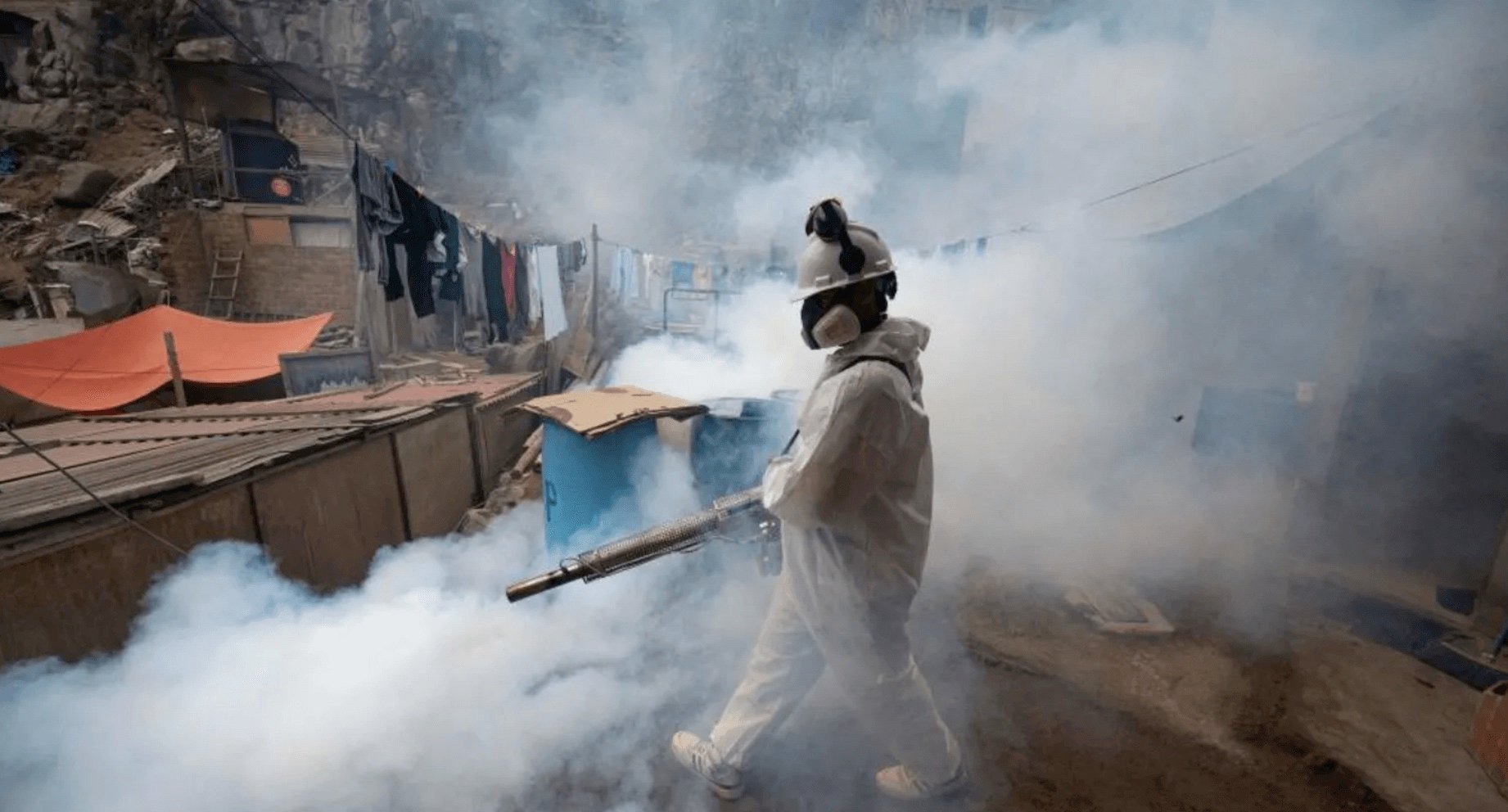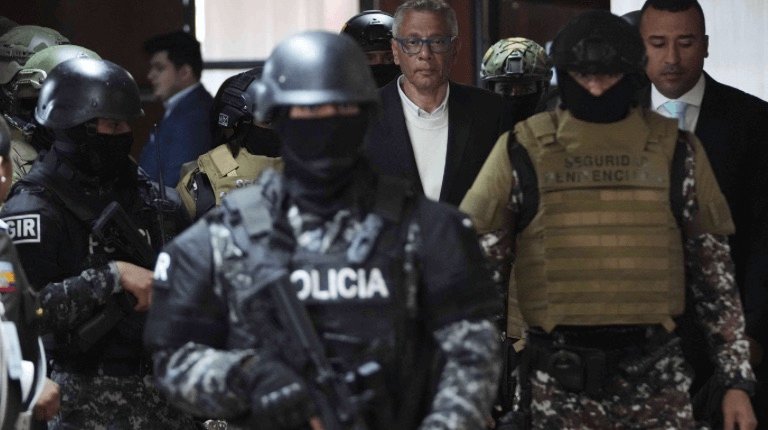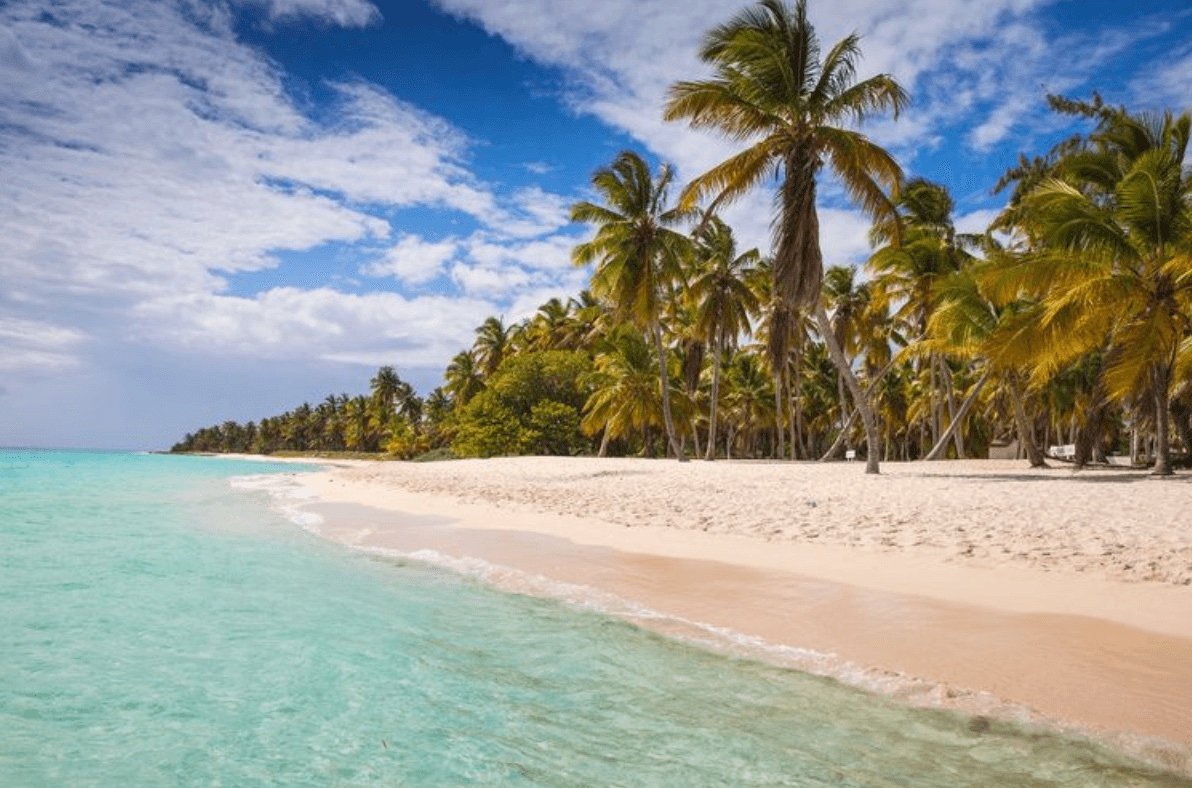Record Dengue Outbreak Devastates Central and South America
Central and South America are experiencing an unprecedented dengue fever outbreak, with reported cases nearly tripling to over 12.6 million and 7,700 deaths in 2024, according to the Pan American Health Organization (PAHO). This marks the most severe dengue outbreak since record-keeping began in 1980.
Regions Most Affected
Brazil, Argentina, Colombia, and Mexico have borne the brunt of the outbreak, collectively accounting for the majority of cases and fatalities. The surge has raised alarm across the Americas due to the disease’s potentially fatal consequences.
Dengue Symptoms and Severe Cases
Dengue fever, caused by the Aedes aegypti mosquito, typically includes:
- Mild Symptoms: Fever, severe headache, pain behind the eyes, muscle and joint pain, and blotchy rash.
- Severe Symptoms: Intense stomach pain, fatigue, vomiting (possibly with blood), and blood in stool.
The disease disproportionately affects children and individuals with pre-existing health conditions. In Guatemala, children accounted for 70% of dengue-related deaths, while in Mexico, Costa Rica, and Paraguay, over a third of severe cases involved those under 15.
Contributing Factors
PAHO identifies several drivers behind the outbreak:
- Climate Change: Hotter and wetter conditions create ideal mosquito breeding environments.
- Environmental Issues: Poor waste management and stagnant water near homes provide breeding grounds for mosquitoes.
- Healthcare Gaps: Insufficient healthcare infrastructure and public health measures exacerbate the spread.
Mitigation and Vaccination Efforts
PAHO’s Director, Dr. Jarbas Barbosa, emphasized the urgent need for enhanced regional collaboration and mitigation efforts. While vaccines are available in some countries, others, such as Honduras, plan to introduce them in 2025.
A Global Threat
Dengue fever poses a risk to approximately half the world’s population, as estimated by the US Centers for Disease Control and Prevention (CDC). PAHO’s statement highlights the increasing danger posed by mosquito-borne illnesses as climate change intensifies.
What Can Be Done?
To combat the outbreak, PAHO calls for:
- Effective mosquito control measures, such as eliminating standing water and improving waste management.
- Expanded access to vaccines in affected regions.
- Public education campaigns to raise awareness about prevention and symptoms.
The ongoing crisis underscores the urgent need for global action to address the intersecting challenges of climate change, public health, and disease prevention.






0 Comments